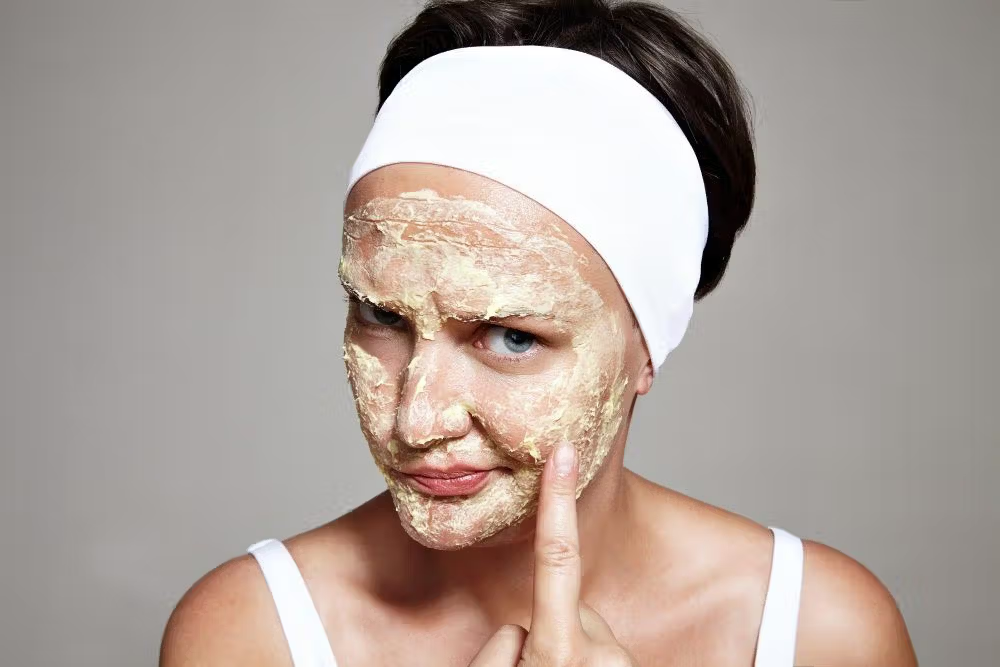Lipedema is a progressive adipose fat disorder that primarily affects women, leading to painful fat accumulation in the legs, thighs, buttocks, and sometimes the arms. This chronic condition can cause immobility, discomfort, and even skin infections. Yet, many people struggle to find accurate information or a specialist who truly understands lipedema.
If you suspect you have lipedema or have recently been diagnosed, you might feel overwhelmed, confused, or even frustrated. But you’re not alone—and there are effective ways to manage this condition.
This comprehensive beginner’s guide to lipedema shares seven essential tips to help you understand and control your symptoms. These practical strategies aim to minimize pain, reduce inflammation, and enhance your quality of life. Let’s get started!
What is Lipedema?

Lipedema is a chronic fat disorder characterized by the abnormal buildup of adipose (fat) tissue, primarily in the lower body. Unlike regular fat, lipedema fat is resistant to diet and exercise, making it nearly impossible to lose through conventional weight-loss methods.
Key symptoms include:
- Symmetrical swelling in the legs and thighs
- Tenderness and pain in the affected areas
- Easy bruising
- Reduced mobility and joint pain
- Fat that feels rubbery or nodular
If left unmanaged, lipedema can progress to lipolymphedema, a combination of lipedema and lymphedema, leading to even more swelling due to impaired lymphatic drainage.
1. Adopt a Low-Inflammatory Diet
One of the most effective ways to manage lipedema is by adopting a low-inflammatory lifestyle. Research suggests that inflammation plays a significant role in lipedema progression, exacerbating fat accumulation and pain (National Institutes of Health).
Key dietary tips include:
- Eliminate inflammatory foods: Avoid sugar, refined carbs, processed foods, preservatives, and artificial dyes.
- Focus on whole foods: Opt for fresh fruits, vegetables, lean proteins, and healthy fats like olive oil and nuts.
- Choose anti-inflammatory liquids: Drink green tea, herbal infusions, and plenty of water to reduce inflammation and improve lymphatic flow.
- Consider a ketogenic or low-carb diet: Although lipedema fat is resistant to burning, reducing carbohydrate intake can lower overall fat burden and inflammation.
Pro Tip: Keep a food journal to track what you eat and how it affects your symptoms. This can help you identify and eliminate specific trigger foods.
2. Build Muscle with Strength Training
Building muscle is crucial for shaping limbs and maintaining mobility in lipedema patients. Muscle mass helps support joints, improves blood circulation, and enhances lymphatic drainage, reducing swelling and discomfort.
Recommended exercises:
- Bodyweight exercises: Start with simple movements like squats, lunges, or wall push-ups.
- Resistance bands: These provide gentle resistance without putting too much pressure on joints.
- Water-based exercises: Aquatic therapy or pool exercises are excellent for low-impact strength training and cardiovascular health.
Note: Consult a healthcare provider or physical therapist specializing in lipedema before starting a new exercise routine to avoid injury or worsening symptoms.
3. Incorporate Low-Impact Cardio
Cardiovascular exercise enhances blood circulation, reduces swelling, and helps maintain a healthy weight. However, high-impact activities can worsen pain and joint issues in lipedema patients.
Ideal low-impact cardio includes:
- Walking: Even short walks to the mailbox or around the block can be beneficial.
- Cycling: Stationary cycling is gentle on the joints.
- Swimming or water aerobics: The buoyancy of water reduces stress on the joints while encouraging full-body movement.
Goal: Aim for at least 21 minutes of low-impact cardio daily. Start slow and gradually increase the duration as your strength and endurance improve.
4. Wear Compression Garments
Compression is containment. Wearing compression garments helps manage swelling by promoting lymphatic drainage and preventing further fat accumulation. This is especially important for maintaining limb shape and reducing joint stress.
Types of compression garments:
- Stockings: Graduated compression stockings are commonly used but can be uncomfortable for some.
- Wraps and pads: These provide customizable compression and are easier to put on and adjust.
- Custom-made garments: For advanced stages of lipedema, custom-fitted compression wear is recommended.
Tips for choosing compression wear:
- Get professionally fitted every six months.
- Choose breathable, comfortable materials to avoid irritation and discomfort.
- Replace compression garments regularly to maintain their effectiveness.
Recommended Resource: Check out Juzo Compression Garments for high-quality options.
5. Practice Good Skin Care
Lipedema patients often experience skin issues such as folds, infections, and even wounds due to moisture buildup. Proper skin care is essential for preventing complications like cellulitis.
Skin care tips include:
- Use antimicrobial cleansers: Opt for colloidal silver soap to reduce bacteria and yeast infections.
- Moisturize regularly: Use non-comedogenic, fragrance-free moisturizers to avoid irritation.
- Gentle exfoliation: Use soft silk sponges instead of rough washcloths to avoid skin damage.
6. Try Lymphatic Massage
Lymphatic drainage massage helps stimulate lymph flow, reducing swelling and discomfort. This is especially beneficial for patients with lipolymphedema.
Options include:
- Professional lymphatic massage: Visit a certified lymphedema therapist.
- Self-massage: Learn basic techniques to practice at home using your hands or specialized lymphatic massage tools.
DIY Resource: Check out this Lymphatic Self-Massage Guide for easy-to-follow tutorials.
7. Join a Lipedema Support Community
Living with lipedema can be isolating, but connecting with others who understand your struggles can provide emotional support and valuable insights.
Ways to find support:
- Online forums and social media groups dedicated to lipedema.
- Local support groups through healthcare providers or community centers.
- Educational programs like the Lipedema Care Master Class, which offers comprehensive guidance on managing lipedema.
Join Now: Explore the Lipedema Foundation for community resources and support.
Summary Table: 7 Essential Tips for Managing Lipedema
| Tip | Description | Key Benefit |
|---|---|---|
| Low-Inflammatory Diet | Reduces inflammation and adipose growth | Lowers pain and swelling |
| Strength Training | Builds muscle to support joints | Enhances mobility |
| Low-Impact Cardio | Improves circulation and lymphatic flow | Reduces swelling |
| Compression Garments | Prevents fat expansion and supports joints | Maintains limb shape |
| Good Skin Care | Prevents infections and promotes healing | Enhances skin health |
| Lymphatic Massage | Stimulates lymphatic drainage | Eases pain and discomfort |
| Support Community | Provides emotional support and education | Reduces isolation and anxiety |
Frequently Asked Questions (FAQs)
1. Can lipedema be cured?
No, lipedema is a chronic condition, but its symptoms can be managed with lifestyle changes, compression, and therapy.
2. Is lipedema the same as obesity?
No, lipedema is a fat disorder that is not caused by overeating or lack of exercise. It’s resistant to traditional weight-loss methods.
3. What foods should I avoid with lipedema?
Avoid processed foods, refined sugars, and high-carb foods that trigger inflammation.
Final Thoughts
Lipedema can be challenging, but with the right strategies and resources, you can manage its symptoms and improve your quality of life. Remember, early intervention and consistent care are key to slowing disease progression.
Feel empowered to take control of your health and explore the resources available to support your journey with lipedema.






